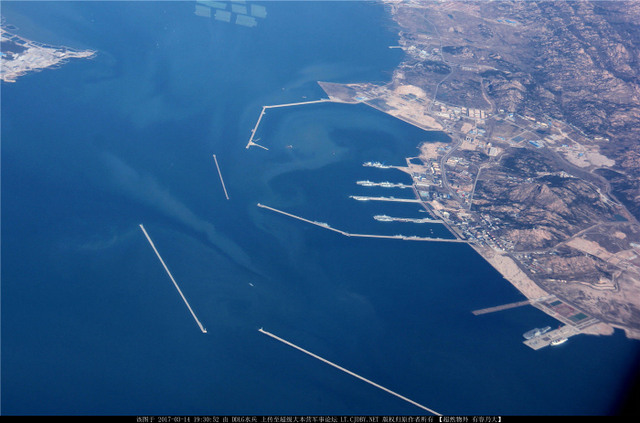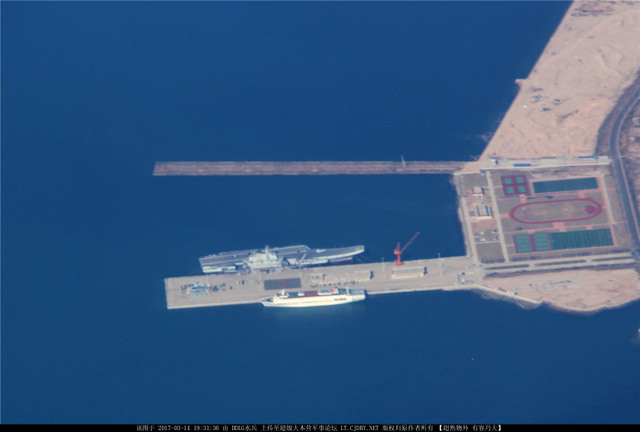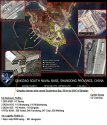This guy has harsh word against India carrier program. But it ring truth though
Written by Liu Kui, from the Naval Equipment Research Institute of the PLA Navy
What can China learn from India's aircraft carrier strategy?
Source
Editor
Zhang Tao
BEIJING, Mar.10 (ChinaMil) -- According to media reports, the carrier INS Viraat that has served 30 years for Indian Navy was recently decommissioned. After being launched into the Indian Ocean with the flag of Indian Naval in May 1987, the aircraft carrier has always been a flagship of the Indian Navy.
Strategy
As a major country by the Indian Ocean, India believes its security and prosperity depends on its control of the Indian Ocean. And as long as it controls the ocean, it will be able to dominate the ocean and countries along it, and control the vast area between the Mediterranean Sea and the Pacific Ocean.
Therefore, India was considering the "Indian Ocean control strategy" in the late 1960s and early 1970s. In the 21st century, it is determined to build a far-sea attack-oriented navy with air control capability in order to maintain its position as the "regional dominator", counter China's far-sea naval strength buildup, and guarantee safe and smooth maritime routes in the Indian Ocean.
Dilemma
However, in comparison to India's ocean strategy, its aircraft carrier development hasn't been a plain sailing.
First, it isn't capable of independent ship R&D and modification.
Before the 1960s, India was basically unable to design or build large vessels, but today its military ship production is of a primary scale, although the reality in the Indian shipbuilding industry still features small production capacity, backward process and weak infrastructure. Therefore, India isn't capable of independent carrier R&D and manufacturing yet.
Second, India's strategic layout isn't consistent with its overall national strength.
The Indian navy believes that it must have two aircraft carriers in order to "dominate" the Indian Ocean and control the Bay of Bengal east of India and the Arabian Gulf. It also needs a third aircraft carrier as a mobile force to provide quick aid or sail to other sea areas critical for its interests.
To achieve the goal of three aircraft carriers, India, while extending the INS Viraat's service time, invested a lot of money to modify the INS Vikramaditya and carried on with the INS Vikrant development, but the seemingly efficient "three-pronged" approach didn't go as successfully as expected.
The INS Vikramaditya has cost so much money that the new INS Vikrant that should have been commissioned in 2014 won't be completed until 2018, and whether India can meet that deadline is still uncertain.
The Indian navy's dream of having three aircraft carriers has fallen flat because it overestimated its R&D capability and the country's overall strength, and undertook an excessively massive strategy that eventually got stranded.
Third, India mistook the deterrence of aircraft carrier for combat capability and was possessed with the "carrier complex".
It is imperative to develop aircraft carriers, but it cannot be hurried through. Haste only makes waste. Not all carrier-borne aircraft can be put into combat, but India insisted on increasing the number of aircraft carriers under such circumstances, which was a kind of "superstition".
Sea Harrier, the main carrier-borne aircraft in Indian navy, was just decommissioned in 2016, and 2/3 of it crashed during the 33-year-long service, costing the lives of over 10 top Indian pilots. This means that India's carrier-borne aircraft system is far from forming real combat capability.
Lessons
The situation of the Indian Navy provides the following references for the Chinese PLA Navy.
First, China should attach great importance and provide continuous support to the development of aircraft carriers.
Although no large-scale warfare broke out in the Indian Ocean in the past few decades, the Indian Navy is continuously growing in strength, and the existence of aircraft carrier especially deters other countries along the Indian Ocean from violating India's marginal islands.
In peacetime, an aircraft carrier is an effective naval vessel that displays deterrence and protects regional and world peace.
Second, China should continue to reinforce its innovation and R&D capability.
The Indian Navy relies too much on import, which can help it to form combat capability more quickly to some extent but is no good for long-term development. In particular, if it relies on "import" for core parts, it will be controlled by the exporter and that will impede the systematic combat capability.
Only when China is strong in independent R&D can China discern the direction and path of innovation more accurately, truly mobilize its vitality and potential, and consequently drive the Navy's overall development.
Third, China should make steady progress with combat capability as the top priority.
A major problem with the Indian navy is that it was too "hurried" before the nation was strong enough to support its strategy and before the carrier-borne aircraft formed real combat capability. Therefore, it was always in a state of unbalanced development, which was the root cause for all its difficulties and "accidents".
Therefore, China's priority task now is to optimize the system, especially carefully study and observe the laws governing the growth of the combat capability of aircraft carriers and carrier-borne aircraft, well conduct basic training and make up for "weaknesses". Then China can fully exert its later-developing advantages and foster aircraft carriers step by step.
Fourth, China should enhance its overall military strength more quickly through military-civilian integration.
A major obstacle in India's development of aircraft carriers is the inadequate overall national strength, which makes it unable to afford the operation and R&D of three aircraft carriers all at once.
The future war isn't just about the military, but concerns the whole nation. China should promote and implement the military-civilian strategy in depth and advance national and military development in parallel.
Written by Liu Kui, from the Naval Equipment Research Institute of the PLA Navy






